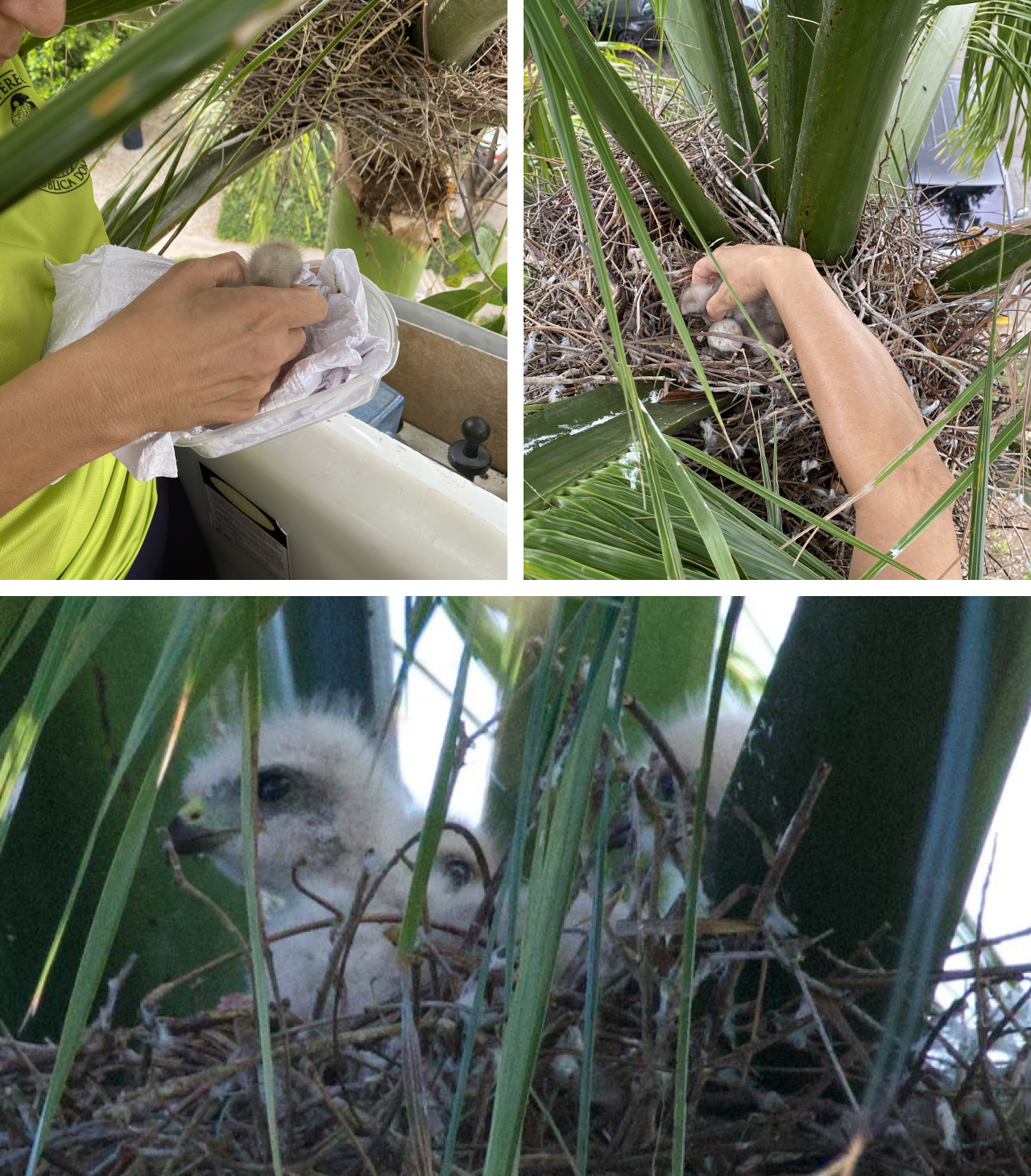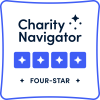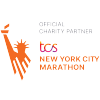
Chiara Perozo
Ridgway’s Hawk Hatched in Incubator For First Time
2025 is proving to be a year packed with conservation successes for our field programs! This next one comes from our Ridgway’s Hawk Program in the Dominican Republic.
Our Ridgway’s Hawk team spends the spring and summer months closely monitoring and managing nests. In early June, they noticed a nest with two eggs had suddenly lost its mother to an unknown cause of death. The father was still diligently incubating the eggs, but our team was worried that it would be too much for him to incubate and raise the young on his own, or that he might abandon them entirely. So our team decided to collect the eggs and bring them back to our facilities to be hatched and hand-raised.
Captive rearing of young hawks is not a regular part of the Ridgway’s Hawk Program, but thanks to the vast array of raptor conservation work done by our various programs, assistance was just an island (and a phone call) away. Our Puerto Rico team has extensive experience hatching and raising Puerto Rican Sharp-shinned Hawks, and Puerto Rico Program Director Hana Weaver was able to provide valuable guidance and advice on how to manage the two Ridgway’s Hawk eggs.
The eggs were placed in an incubator and candled to determine if they were still alive. One egg appeared to have signs of life, but our team wasn’t sure about the other’s viability, so they continued incubating and rotating both. About two weeks later, the viable egg started to hatch. After six hours of grueling work chipping through the eggshell, the young hatchling emerged as the very first Ridgway’s Hawk to be successfully hatched in an incubator!
“This is an incredible step for the conservation of this species and a major accomplishment for our team,” says Hispaniola Program Director Marta Curti. “We are thrilled that this bird developed from a viable embryo to a healthy chick, against some big odds. We can’t wait to continue to monitor his movements from fledging to dispersing from his adopted parents’ territory, and hopefully far into the future.”
Our team moved the newly hatched hawk to a brooder (similar to an incubator) where it was hand-raised for around five days. However, placing young hawks with parents and siblings of their own species is important for proper development. Luckily, our team knew of a nest nearby with two eggs that were about to hatch. After the first egg hatched, our team placed the five-day-old hand-reared nestling in with the wild-hatched nestling and the unhatched egg. The two parents were immediately attentive to the new addition. The third egg finally hatched, and this trio of brothers (our team later found out they were all male) was banded on July 10 by our team. (The fostered fledgling is seen above in the top right photo receiving his band.)
A few weeks later, all three Ridgway’s Hawks have fledged from the nest! They are now spending time around the nest learning to hunt with their parents’ guidance. (The fostered hawk is seen above after fledging in the bottom photo.) It is because of the diligent monitoring, quick response, and hard work of our Dominican Republic team that this young Ridgway’s Hawk is thriving, another step in the recovery of this unique species.








